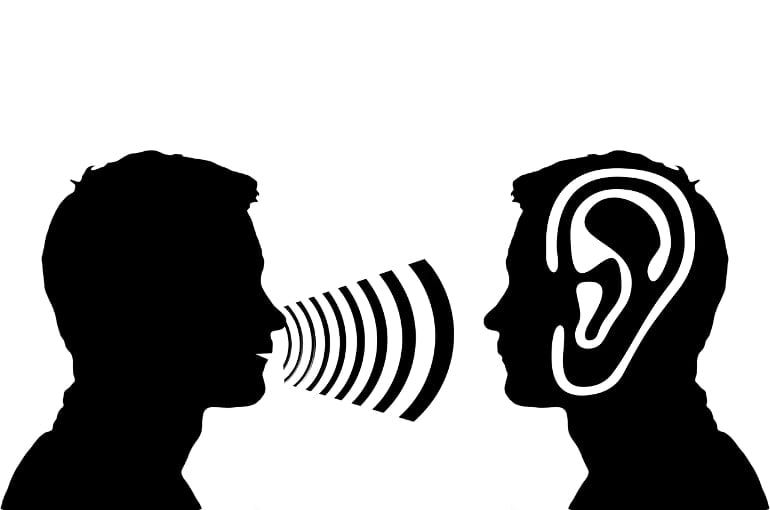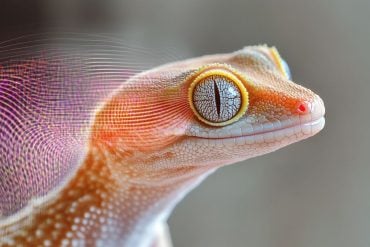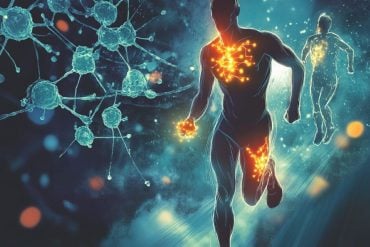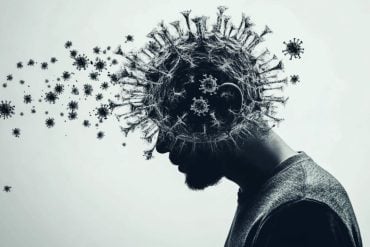Summary: Researchers have identified a master gene that programs ear hair cells into either inner or outer cells. The discovery could lead to new treatments to restore hearing loss associated with aging, noise exposure, or as an adverse reaction to medical therapies.
Source: Northwestern University
Hearing loss due to aging, noise and certain cancer therapy drugs and antibiotics has been irreversible because scientists have not been able to reprogram existing cells to develop into the outer and inner ear sensory cells—essential for hearing—once they die.
But Northwestern Medicine scientists have discovered a single master gene that programs ear hair cells into either outer or inner ones, overcoming a major hurdle that had prevented the development of these cells to restore hearing.
The study will be published in Nature May 4.
“Our finding gives us the us the first clear cell switch to make one type versus the other,” said lead study author Jaime Garcia-Anoveros, professor of anesthesia, neurology and neuroscience at Northwestern University Feinberg School of Medicine.
“It will provide a previously unavailable tool to make an inner or outer hair cell. We have overcome a major hurdle.”
About 8.5 percent of adults aged 55 to 64 in the U.S. have disabling hearing loss. That increases to nearly 25 percent of those aged 65 to 74 and 50 percent of those who are 75 and older, reports the Centers for Disease Control.
Currently, scientists can produce an artificial hair cell, but it does not differentiate into an inner or outer cell, which provide different essential functions to produce hearing. The discovery is a major step towards developing these specific cells.
“It’s like a ballet” as cells crouch and leap
The death of outer hair cells made by the cochlea are most often the cause of deafness and hearing loss. The cells develop in the embryo and do not reproduce. The outer hair cells expand and contract in response to the pressure of sound waves and amplify sound for the inner hair cells. The inner cells transmit those vibrations to the neurons to create the sounds we hear.
“It’s like a ballet,” Garcia-Anoveros says with awe as he describes the coordinated movement of the inner and outer cells. “The outers crouch and jump and lift the inners further into the ear.
“The ear is a beautiful organ. There is no other organ in a mammal where the cells are so precisely positioned. (I mean, with micrometric precision). Otherwise, hearing doesn’t occur.”
The master gene switch Northwestern scientists discovered that programs the ear hair cells is TBX2. When the gene is expressed, the cell becomes an inner hair cell. When the gene is blocked, the cell becomes an outer hair cell. The ability to produce one of these cells will require a gene cocktail, Garcia-Anoveros said.
The ATOH1 and GF1 genes are needed to make a cochlear hair cell from a non-hair cell. Then the TBX2 would be turned on or off to produce the needed inner or outer cell.

The goal would be to reprogram supporting cells, which are latticed among the hair cells and provide them with structural support, into outer or inner hair cells.
“We can now figure out how to make specifically inner or outer hair cells and identify why the later are more prone to dying and cause deafness,” Garcia-Anoveros said. He stressed this research is still in the experimental stage.
The article is titled “Tbx2 is a master regulator of inner vs. outer hair cell differentiation and maintenance.”
Other Northwestern authors include co-lead author Anne Duggan, John C. Clancy, Chuan Zhi Foo, Ignacio García Gómez, Yingji Zhou, Kazuaki Homma and Mary Ann Cheatham.
About this hearing and genetics research news
Author: Marla Paul
Source: Northwestern University
Contact: Marla Paul – Northwestern University
Image: The image is in the public domain
Original Research: Closed access.
“Tbx2 is a master regulator of inner but not outer hair cell differentiation” by Jaime García-Añoveros et al. Nature
Abstract
Tbx2 is a master regulator of inner but not outer hair cell differentiation
The cochlea uses two types of mechanosensory cell to detect sounds. A single row of inner hair cells (IHCs) synapse onto neurons to transmit sensory information to the brain, and three rows of outer hair cells (OHCs) selectively amplify auditory inputs.
So far, two transcription factors have been implicated in the specific differentiation of OHCs, whereas, to our knowledge, none has been identified in the differentiation of IHCs.
One such transcription factor for OHCs, INSM1, acts during a crucial embryonic period to consolidate the OHC fate, preventing OHCs from transdifferentiating into IHCs. In the absence of INSM1, embryonic OHCs misexpress a core set of IHC-specific genes, which we predict are involved in IHC differentiation.
Here we find that one of these genes, Tbx2, is a master regulator of IHC versus OHC differentiation in mice. Ablation of Tbx2 in embryonic IHCs results in their development as OHCs, expressing early OHC markers such as Insm1 and eventually becoming completely mature OHCs in the position of IHCs.
Furthermore, Tbx2 is epistatic to Insm1: in the absence of both genes, cochleae generate only OHCs, which suggests that TBX2 is necessary for the abnormal transdifferentiation of INSM1-deficient OHCs into IHCs, as well as for normal IHC differentiation. Ablation of Tbx2 in postnatal, largely differentiated IHCs makes them transdifferentiate directly into OHCs, replacing IHC features with those of mature and not embryonic OHCs.
Finally, ectopic expression of Tbx2 in OHCs results in their transdifferentiation into IHCs. Hence, Tbx2 is both necessary and sufficient to make IHCs distinct from OHCs and maintain this difference throughout development.







